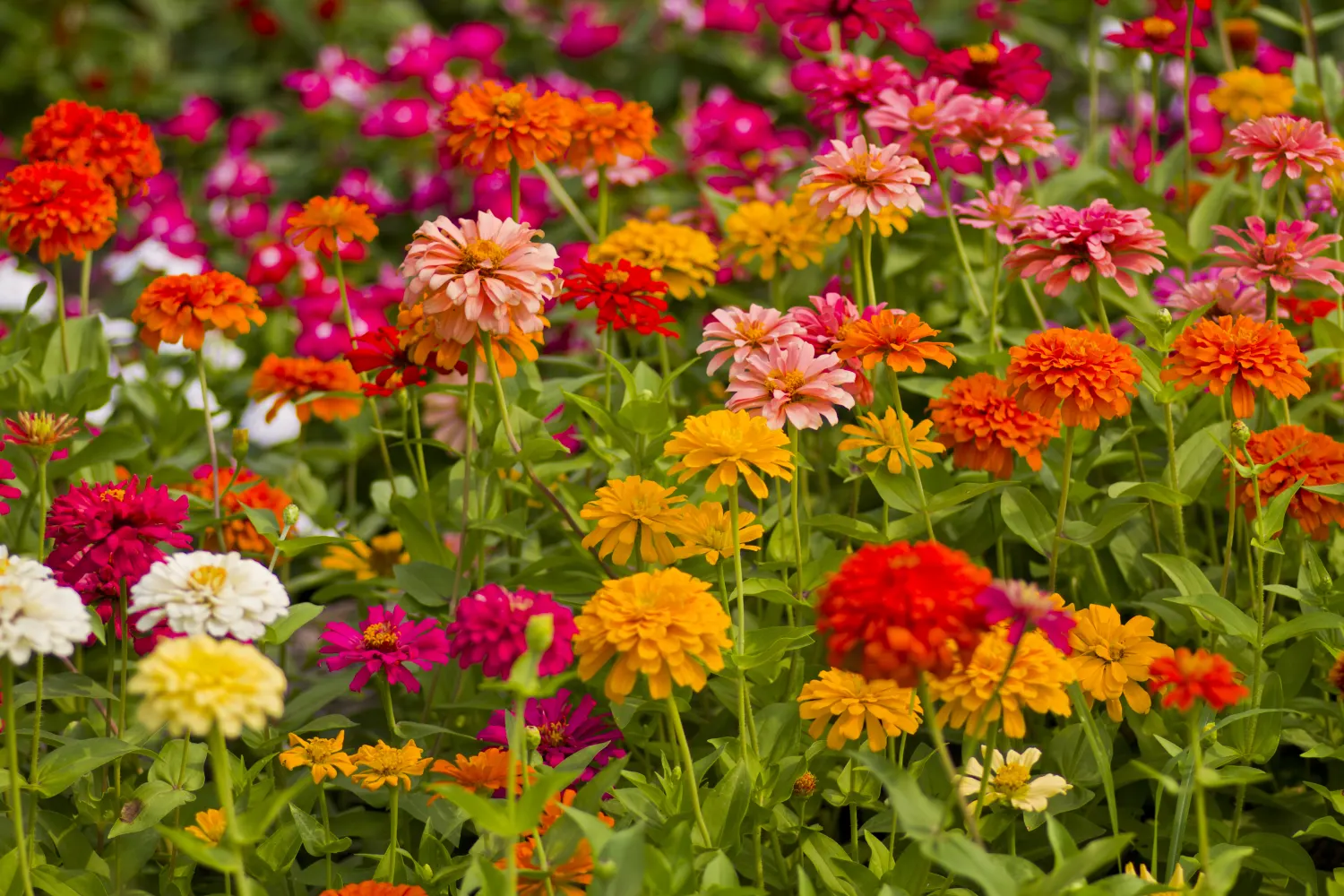Summer may seem like an unconventional time to plant flowers, but sowing certain varieties during this season can reward you with vibrant blooms from late summer to fall, even into the first frost. During my recent talk on flower gardening, the most frequently asked question was, “What flowers can still be planted from seed?” To answer this, here are seven easy-to-grow flowers that you can sow in summer for a colorful garden that lasts well into autumn.
Rather than dealing with seed-starting containers and mixes, you can directly sow seeds in the garden or grow them in a nursery bed. Seeds sown in warm soil, kept consistently moist, will germinate quickly. Using a shade cover can help maintain the ideal conditions for successful germination. When grown in a nursery bed, seedlings can be transplanted during cloudy weather, allowing you to introduce new life to your garden without the need for complicated setups.
Here are seven fast-growing flowers to consider, listed in alphabetical order:
1. Garden Balsam (Impatiens balsamina)
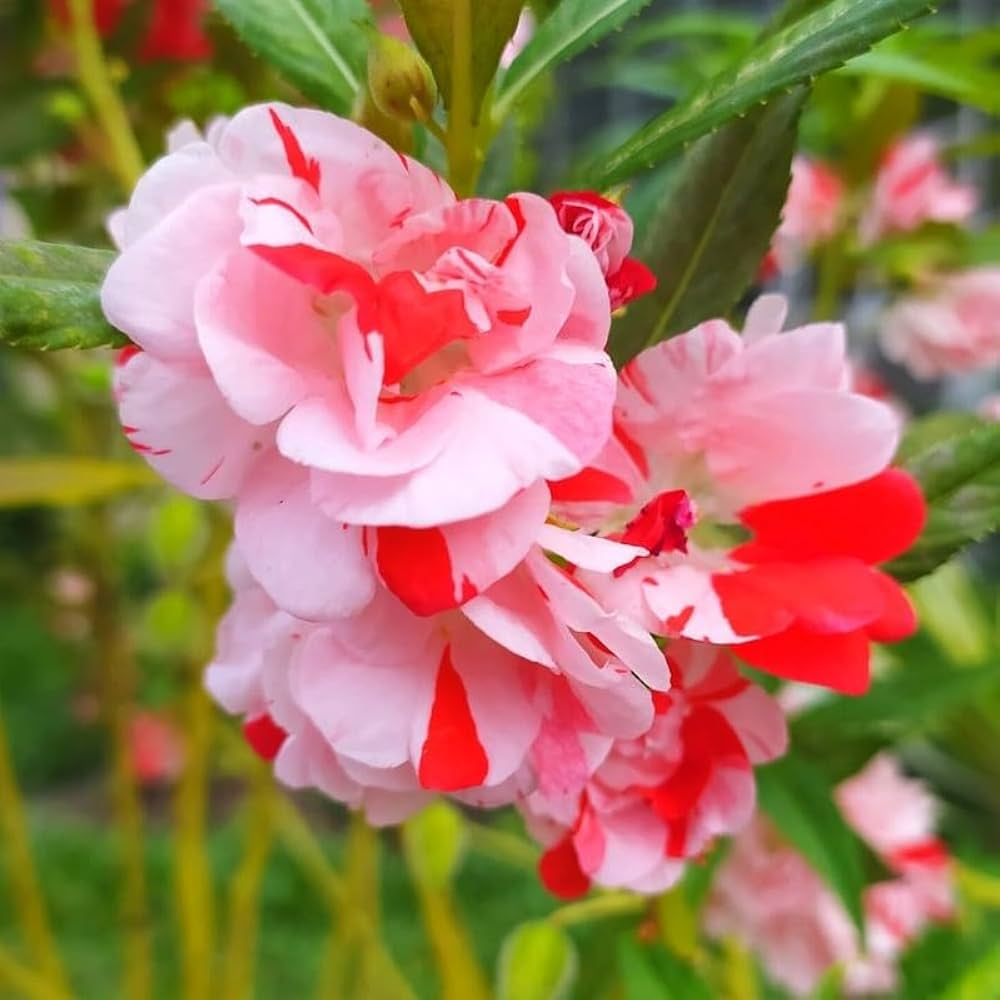
Garden balsam, also known as touch-me-not, is a great option for shaded areas. It thrives in humid conditions and starts blooming just a few weeks after sowing. Native to India, this flower is ideal for gardeners looking for a colorful bloom in partial shade. Its seed pods explode upon touch, adding a fun element to your garden.
2. Calendula (Calendula officinalis)
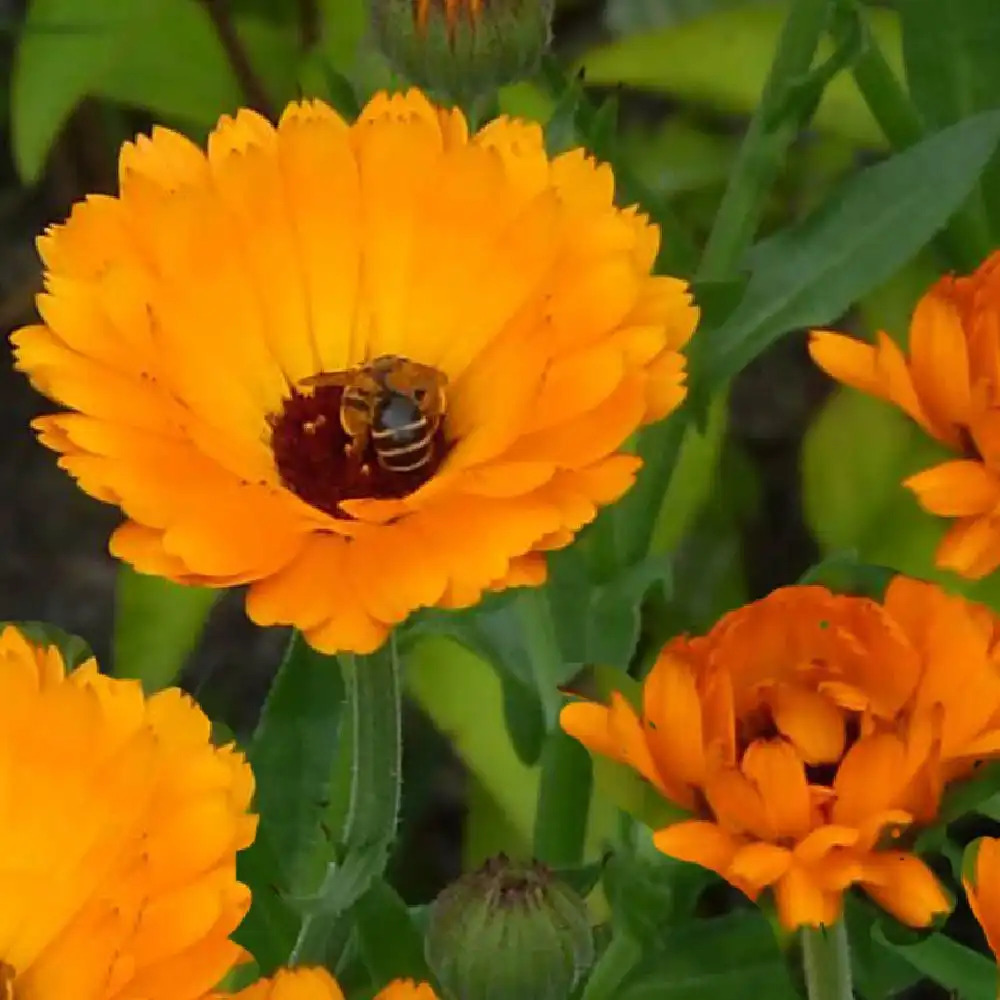
Calendula, known for its bright yellow and orange blooms, is one of the fastest-growing flowers, reaching full bloom in about six weeks. It’s an excellent choice for planting in late summer. Calendulas can be sown directly outdoors in July, then transplanted into garden beds or containers when summer heat starts to wane. Additionally, calendulas make great cover crops that help suppress weeds, adding both beauty and functionality to your garden.
3. Sulfur Cosmos (Cosmos sulphureus)
Sulfur cosmos are incredibly easy to grow and thrive in heat that can cause other cosmos varieties to wilt. These bright yellow and orange flowers attract bees and butterflies, making them perfect for pollinator-friendly gardens. Sown in early June, they germinate quickly, often in less than a week, and can be transplanted to other areas. Sulfur cosmos also produce an abundance of seeds, which can be saved for future planting.
4. Marigolds (Tagetes spp.)
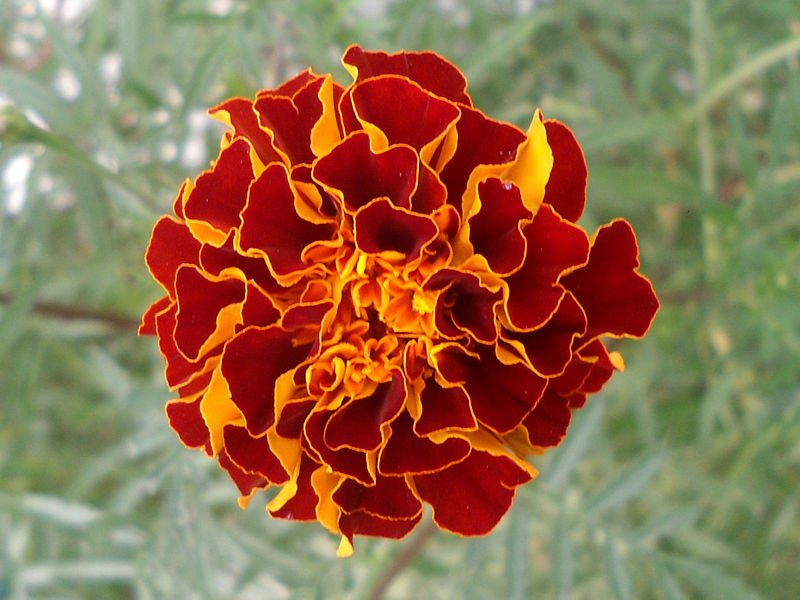
Marigolds are not just colorful additions to your garden—they also help improve soil health. Dwarf French marigolds, in shades of orange, yellow, and mahogany, make an excellent choice for late summer planting. Marigold roots help enhance the soil’s ecosystem and deter harmful nematodes. Their vibrant blooms begin in late summer, and they continue to add cheerful color until the frost arrives.
5. Nasturtiums (Tropaeolum majus)
Nasturtiums are versatile, with both edible flowers and leaves that make great additions to fall salads. These flowers do best when sown in warm soil, so it’s ideal to plant them in late July. They thrive in lean soil, which encourages more flowering than foliage growth. Nasturtiums grow rapidly and will continue to bloom until the first frost, making them a great late-summer addition to your garden.
6. Sunflowers (Helianthus annuus)
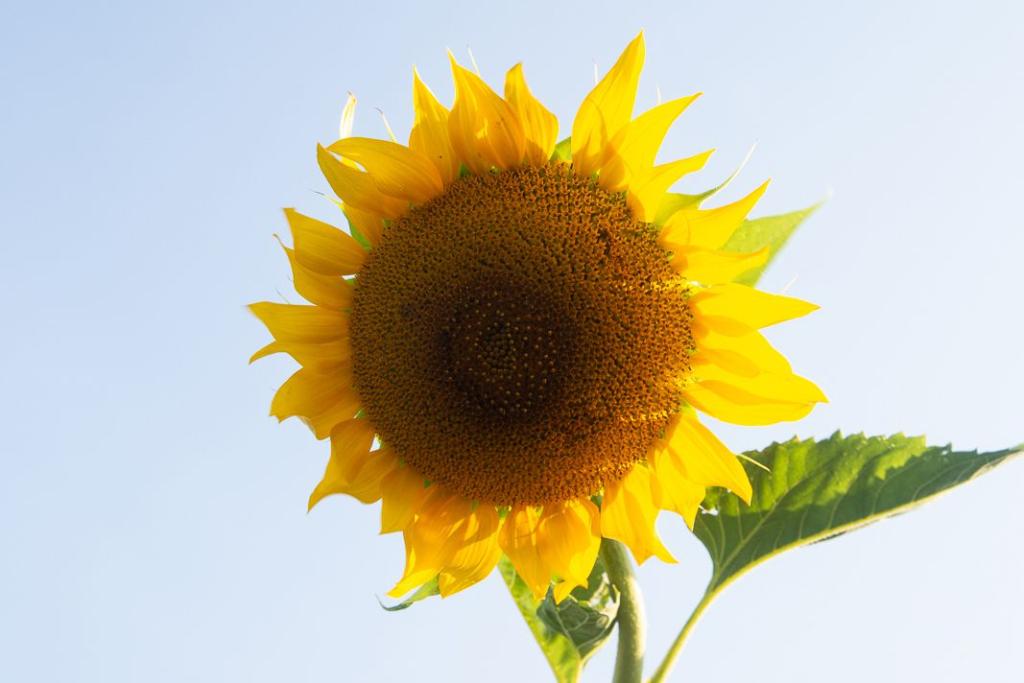
While summer-planted sunflowers may not reach the towering heights of spring-planted ones, they still bloom profusely. For the best results, plant them where they will receive full sunlight throughout the day. In about eight weeks, you’ll enjoy beautiful sunflower blooms, albeit on shorter plants than those grown in the spring. Sunflowers’ bright faces will follow the sun, creating a stunning display as summer fades.
7. Zinnias (Zinnia spp.)
Zinnias are well-known for their vibrant colors and ability to attract pollinators. However, spring-planted zinnias may begin to decline in late summer due to disease and age. To keep your garden blooming, consider starting new zinnia seeds in June. Narrow-leaf zinnias, in particular, are more resistant to disease and require less water. These flowers also attract bees and butterflies, including migrating monarchs that pass through in late summer and early fall.
By sowing these flowers in summer, you’ll extend the beauty of your garden well into the cooler months, providing food and shelter for pollinators and adding lively color to your landscape.
